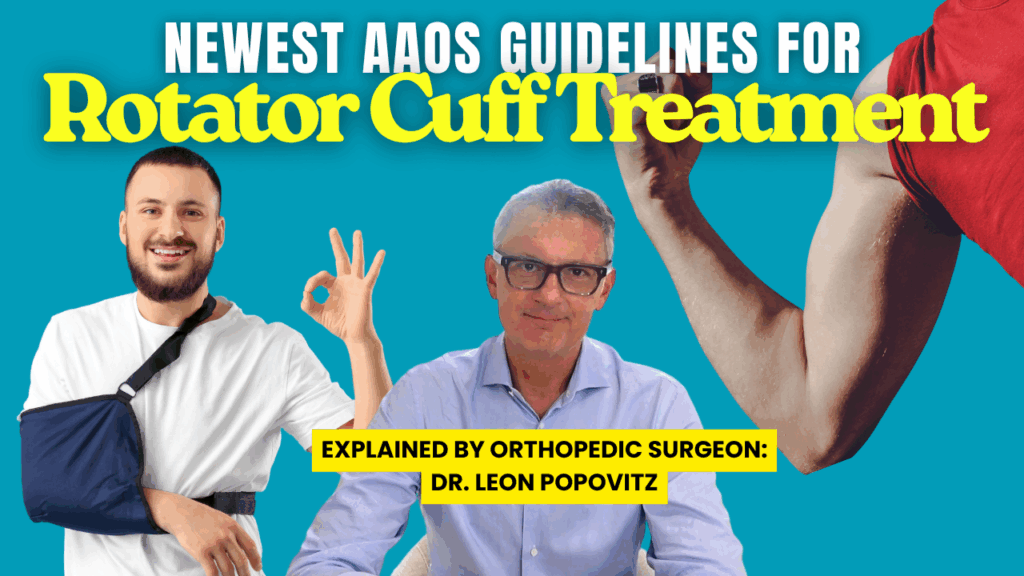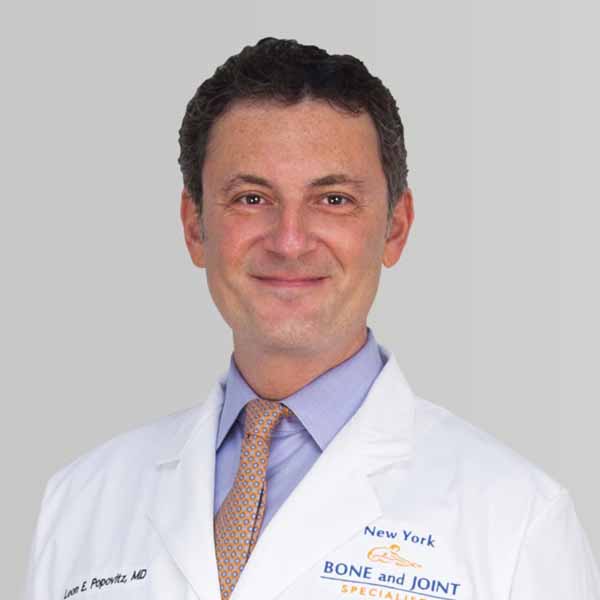The American Academy of Orthopedic Surgeons (AAOS) recently updated their guidelines for the treatment of rotator cuff tears, and Dr. Leon Popovitz provides an expert overview of what this means for patients and practitioners.
What is a Rotator Cuff?
The rotator cuff is a group of tendons in the shoulder that stabilizes the joint and allows a wide range of arm movements. Tears in these tendons can lead to pain, weakness, and reduced function.
Surgery vs. Physical Therapy
The new AAOS guidelines confirm that both physical therapy and surgical repair can alleviate symptoms. However, only surgical repair can restore the tendon to the bone, preventing further deterioration. Left untreated, rotator cuff tears can grow larger over time, causing tendon atrophy, fat deposition, and significant loss of strength.
Rehabilitation Updates
Traditionally, patients were immobilized in a sling for 4 weeks post-surgery. Recent updates allow for earlier active movement, sometimes as soon as a few days post-op, depending on tissue quality and tear severity. Passive motion remains crucial to avoid stressing the healing tendon.
Cortisone and PRP Injections
While cortisone injections are commonly used, AAOS now recommends limiting injections to one for full tendon tears before surgery due to potential interference with tendon healing. PRP (platelet-rich plasma) injections and allograft patches are emerging as effective adjuncts to support tendon repair and reduce re-tear rates.
Key Takeaways
- Surgical repair is superior for tendon healing.
- Early movement may be possible depending on tissue quality.
- Limit cortisone injections prior to surgery.
- PRP and allografts can enhance healing for selected cases.
Dr. Popovitz emphasizes the importance of individualized care. Even with guidelines, every rotator cuff tear is unique, and decisions should be made with a qualified orthopedic surgeon.
For more information or to schedule a consultation, head to our homepage.





